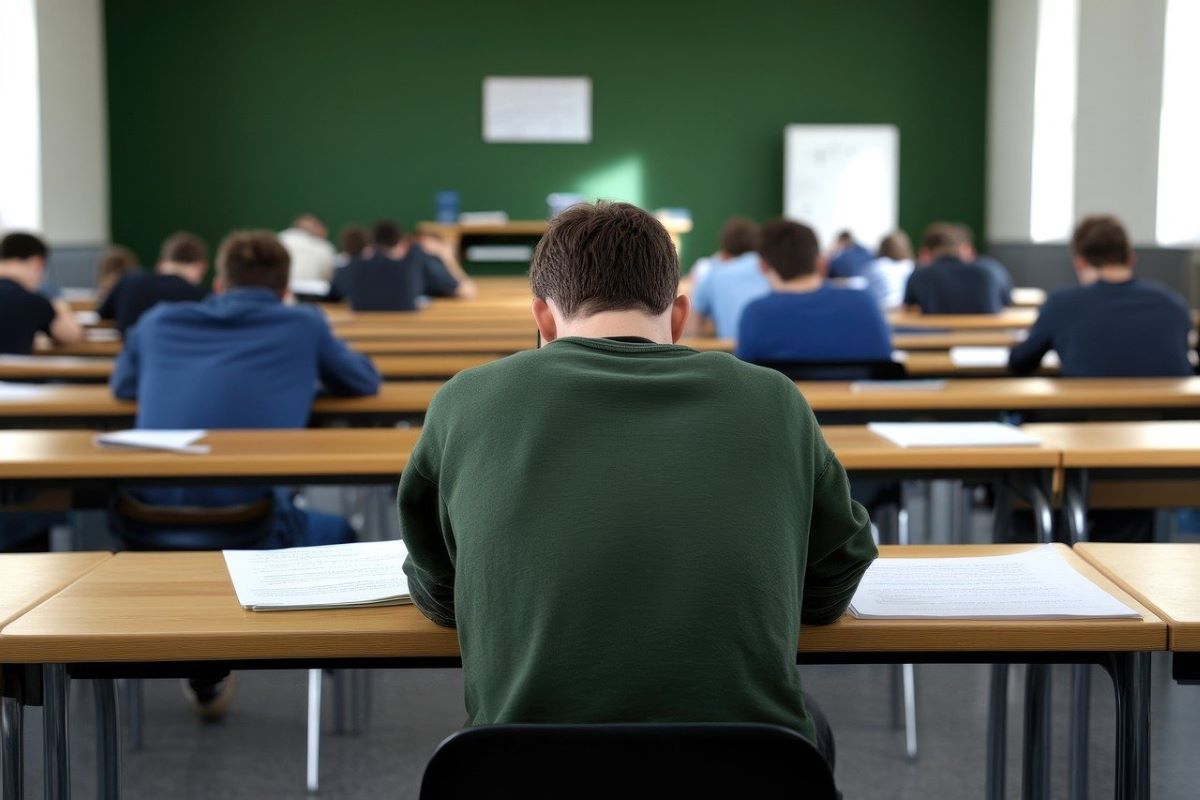Having a positive impact through designing dunnies
26/01/2017

Since I was a little kid, I have always had to visit the toilet before speaking publicly; I am Queen of the Nervous Wee.
Luckily, growing up in Australia, there was always a toilet available. Then I went on holiday to Bali, where I suddenly had to squat over a pit toilet and wash with a cup of water rather than wipe with the two-ply comfort to which I had become accustomed*. That experience has stuck with me my entire life.
Most of us don’t like talking about our bathroom habits, but toilets are a huge part of our lives – in 2007 readers of the British Medical Journal voted the sanitary revolution as the greatest medical advance since 1840. A large part of why so many of us now live to see 100 is because we don’t get sick anywhere near as often now that we have a safe place to poo, and a way of separating ourselves from it.
However, even nowadays hundreds of thousands of people die each year as a result of poor sanitation. So, in 2011, the Bill and Melinda Gates Foundation posed a challenge to the researchers of the world: Reinvent the Toilet so that the 2.5 billion people without somewhere to ‘go’ can get access to a safe, sustainable and affordable place to do their business.
Here at Cranfield we’ve been working like mad the past few years to design a toilet that removes germs but recovers resources, operates off the grid, and costs less than US$0.05 per person. So, we think that our nano membrane toilet is pretty cool!
But – will anyone use it?
The technology might work perfectly, but a toilet can’t do its job at protecting our health if nobody is willing to sit (or squat) on it to go about their daily ablutions.
And that’s where I come in. I’ve recently arrived at Cranfield to take on the role of leading the human user testing of our toilet. My formal training is in wastewater, but my passion lies in linking this up with the people who create the waste. So for the last few years I have been working in four countries of Melanesia, talking to people about pee, poo and periods – as you can see from the photos above! And soon I’ll be doing the same for this project, most likely in southern Africa.
This is important because the nano membrane toilet project is about making a positive impact on people’s lives. Of course, some of us love the technology involved in addressing the Challenge, but in the long run, we’re all ‘reinventing the toilet’ because we want to improve the human condition. Human user testing can help us with this because the people we want to use our toilet actually get to try it and, probably more importantly, give us feedback on how to improve our design. Because what we think of the loo doesn’t really matter – potential users need to tell us what it is that THEY want!
I know that some people are probably thinking that ‘a toilet is a toilet is a toilet’. It’s a place to separate humans from their waste. But when you come to think about it, I bet you use your time in there for a few other things – playing Candy Crush to escape the kids for a few minutes, or ‘riding the porcelain bus’ the morning after the night before. Or perhaps, like me, you’re spending those last couple of minutes before speaking in front of strangers rehearsing what you’re going to say.
Our relationships with our toilets are more complicated than we think – if they really were just another piece of technology, why would we feel so uncomfortable talking about them? No one bats an eyelid when I talk about my washing machine, but I’ve been asked to leave dinner tables for bringing up this topic. So if our nano membrane toilet is really going to improve the lives of billions, we had better make sure it’s something that people want to poop in!
*discovering three-ply as an adult was a revelation.
Categories & Tags:
Leave a comment on this post:
You might also like…
Preparing your work for Turnitin submission
Before submitting your work into Turnitin for similarity checking, if you have used referencing software then you may need to take some important steps first. Mendeley and Zotero integrate with MS Word by embedding field ...
The fast track to supercar engineering: My Cranfield journey
It’s been a dream come true to work on some of the world’s most prestigious supercars – the Aston Martin Valhalla, McLaren 750 & Artura, the GMA T.33. But every successful ...
Automotive Engineering: From student to hypercar innovation at Rimac
We sat down with recent graduate Thomas Perrin, to discuss how his year on the MSc in Automotive Engineering at Cranfield University propelled him from the lecture hall directly into the ...
What this year at Cranfield really meant to me
Every Cranfield journey is unique. In this alumni reflection, Zachea Scicluna shares what her year at Cranfield truly meant, from facing uncertainty to gaining hands-on experience in industry-backed projects. I’ve been reflecting (and delaying) ...
Preparing for assignments and exams?
Sorry! We know it seems a bit mean to mention the exams in January rather than looking forward to the break before it! However, we know many of you will be thinking about your forthcoming ...
Screening for FTSE 100 companies on Bloomberg
So you’re researching an index and need some data on its constituent companies? Bloomberg’s Equity Screening tool makes light work of this, not just for the FTSE, but for indices, exchanges and sectors worldwide. Type EQS ...






